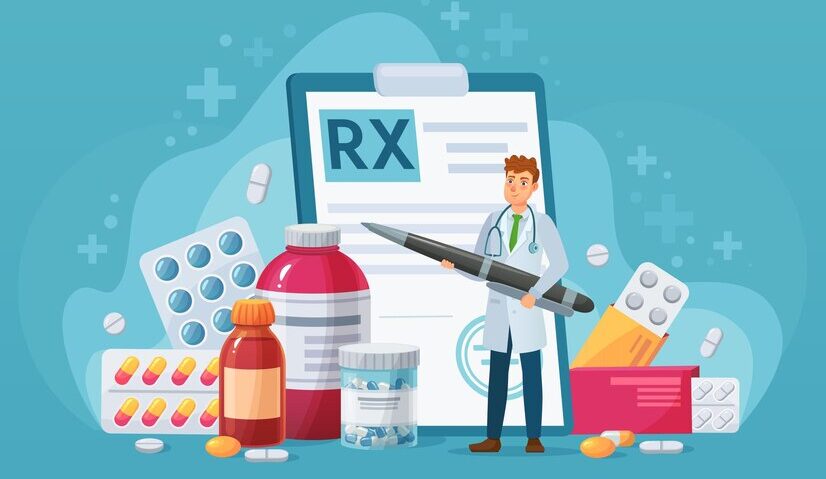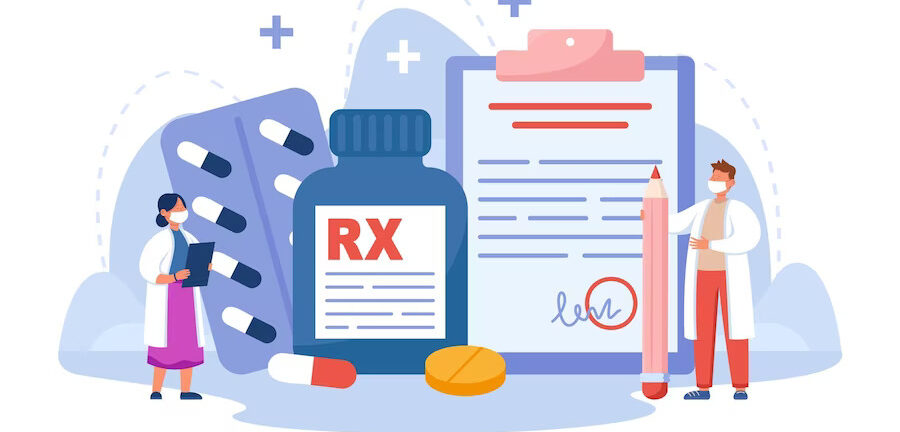How prescription drug costs are rising: causes and solutions
Prescription drug prices have been rising for many years, causing concern among many who rely on these medications to stay healthy. Prescription drug prices, like the price of diabetes medication, are rising for various reasons, with several factors contributing to this trend. This paper will examine some reasons for rising prescription drug costs.
How prescription drug costs are rising
Rising Cost of Research And Development
The rising cost of research and development is one of the primary causes of rising prescription drug costs. Creating new drugs is time-consuming and costly, requiring extensive testing and research. As a result, drug companies invest significant funds in developing new drugs, raising the final product’s price. This is especially true for complex treatments for cancer or complex diseases.
Rising Cost of Prescription Drugs
Another factor contributing to the rising cost of prescription drugs is the high cost of marketing and advertising. Pharmaceutical companies spend billions of dollars annually on advertising and marketing campaigns to promote their drugs. These costs are passed on to consumers through higher drug prices. The cost of lobbying efforts also adds to the overall cost of prescription drugs.
Prescription Drugs
The rising cost of prescription drugs is also due to the pharmaceutical industry’s lack of price regulation. Unlike other industries, such as utilities or transportation, the federal government does not regulate prescription drug prices. This lack of regulation allows drug companies to set their prices, which often results in exorbitant prices that do not reflect the actual cost of production.
As the population ages, more people require prescription medications to stay healthy. This has resulted in drug shortages and increased competition, driving up prices. The trend toward personalized medicine, which involves developing drugs based on genetic profiles, is raising costs due to the complexity and research required.
Pharmacy Benefit Managers
Intermediaries, such as pharmacy benefit managers (PBMs), also play a role in the rising cost of prescription drugs. PBMs are third-party organizations that manage a health insurance plan’s prescription drug benefits. They bargain with drug manufacturers for price reductions and collaborate with pharmacies to ensure the drugs are available to patients. However, critics claim that PBMs are not transparent in their pricing practices and frequently keep a sizable portion of the discounts they negotiate, resulting in higher patient drug costs.
Another factor contributing to the rising cost of prescription drugs is the lack of competition in the pharmaceutical industry. Many brand-name drugs have little to no competition from generic alternatives, allowing drug companies to charge high prices. Additionally, obtaining FDA approval for generic drugs is time-consuming and expensive, discouraging some manufacturers from entering the market.
The pricing practices of other countries also impact the cost of prescription drugs. In many countries, the government negotiates directly with drug manufacturers to obtain lower prices for prescription drugs. However, in the United States, drug companies are free to set their prices, leading to higher costs for American consumers.
The rising cost of prescription drugs is also due to the complex insurance coverage and reimbursement system. Many insurance plans have high deductibles and co-payments for prescription drugs, leaving patients with high out-of-pocket costs. Additionally, insurance companies often negotiate prices with drug manufacturers, leading to clarity and consistency in drug pricing.
The rising cost of prescription drugs is a complex issue with many contributing factors. The high cost of research and development, marketing and advertising, lack of price regulation, increasing demand, the role of middlemen, lack of competition, pricing practices of other countries, and insurance coverage and reimbursement all play a role in driving up drug costs. Addressing these issues will require a multifaceted approach involving government policies, industry practices, and consumer education. Only through collective action can we create a more sustainable and affordable healthcare system that provides access to life-saving medications for all individuals.
One potential solution to the rising cost of prescription drugs is the implementation of price regulation. The government could establish a regulatory body to oversee drug pricing and negotiate with drug manufacturers to ensure that prices are fair and reasonable. This helps address the issue of price gouging and ensures patients have access to the medications they need at a reasonable cost.
Another potential solution is to promote greater competition in the pharmaceutical industry. This could involve streamlining the process of obtaining FDA approval for generic drugs and increasing the availability of affordable alternatives to brand-name drugs. Additionally, the government could incentivize companies to develop drugs for rare diseases, which would increase competition and help to reduce costs.
Transparency in drug pricing is also critical. Patients should have access to information on the actual cost of drugs, including research and development, marketing and advertising, and other factors contributing to the final price. This would allow patients to make more informed decisions about their healthcare and provide greater accountability for drug companies.
The government could require greater transparency in PBM pricing practices and require them to pass on more of the discounts they negotiate to patients. Additionally, greater competition in the PBM market would help to reduce costs and increase transparency. Addressing the role of mediators, such as PBMs, is also essential.
Finally, promoting greater access to affordable healthcare, including prescription drugs, is essential. This could involve expanding government programs like Medicare and Medicaid to cover more individuals or creating a universal healthcare system for all Americans. Greater healthcare access would help reduce the demand for prescription drugs and provide greater bargaining power for patients and insurance companies.
The rising cost of prescription drugs is a complex issue that must be addressed in a multifaceted manner. The high cost of research and development, a lack of price regulation, rising demand, and other factors all contribute to drug price increases. To address the rising cost of prescription drugs, the government, industry, and consumers must work together to create a more just and equitable healthcare system for all. We want to create a more sustainable and affordable healthcare system that provides access to life-saving medications for all individuals by promoting greater transparency in drug pricing, increasing competition in the pharmaceutical industry, and addressing the role of intermediaries.



















